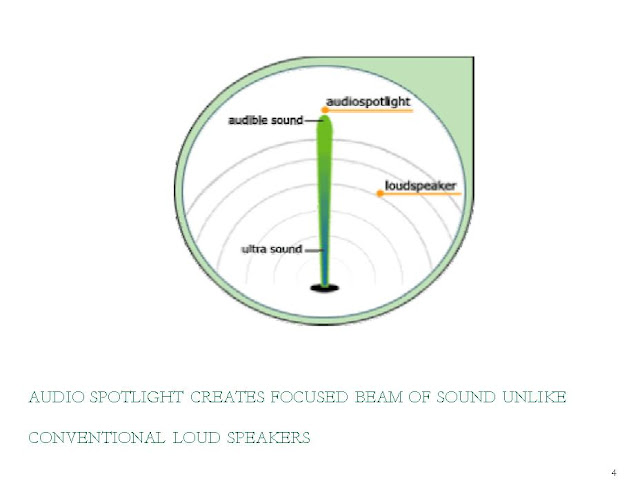ASYNCHRONOUS TRANSFER MODE(cont...)
ATM virtual connections
— A Transmission path (TP) is the physical connection (wire,cable,satellite,and so on) between an end point and a switch or between two switches
— A Virtual Path (VP) transports ATM cells belonging to virtual channels which share a common identifier, called the Virtual Path Identifier VPI. Connects two switches.
— A Virtual Channel (VC) provides the transport of ATM cells which have the same unique identifier, called the Virtual Channel Identifier (VCI).
ATM protocol reference model
The Physical Layer
• This layer describes the physical transmission of information through an ATM network.
• The original design of ATM was based on SONET because high data rate of SONET’s carrier , the boundaries of cells can be clearly defined .
• SONET specifies the use of pointer to define the beginning of a payload.
• Types of physical media specified for ATM include shielded and unshielded twisted-pair, coaxial cable, and fiber-optic cable, which provide cell transport capabilities ranging from a T1 rate of 1.544Mbps to a SONET range of 622Mbps.
The ATM Layer
• The ATM layer represents the physical interface between the ATM Adaptation layer (AAL) and the Physical layer. Thus, the ATM layer is responsible for relaying cells from the AAL to the Physical layer for transmission, and in the opposite direction from the Physical layer to the AAL for use in an endpoint.
• When transporting cells to the Physical layer, the ATM layer is responsible for generating the five-byte cell header for each cell. When receiving cells from the Physical layer, the ATM layer performs a reverse operation, extracting the five-byte header from each cell.
ATM cell header format
— ATM transfer information in fixed-size units called cells.
— An ATM cell header can be one of two formats: UNI or NNI. The UNI header is used for communication between ATM endpoints and ATM switches in private ATM networks. The NNI header is used for communication between ATM switches.
— Each cell consists of 53 octets, or bytes. The first 5 bytes contain cell-header information, and the remaining 48 contain the payload (user information).
ATM Cell Header Fields
— Generic Flow Control (GFC)—The 4-bit GFC field provides flow control at the UNI level.The ITU-T has determined that this level of flow control is not necessary at the NNI.
— Virtual Path Identifier (VPI)—The VPI is an 8-bit field in a UNI cell & a 12-bit field in an NNI cell.In conjunction with the VCI, identifies the next destination of a cell as it passes through a series of ATM switches on the way to its destination.
— Virtual Channel Identifier (VCI)—VCI is 16-bit field in both.
— Payload Type (PT)—Indicates in the first bit whether the cell contains user data or control data. If the cell contains user data, the bit is set to 0. If it contains control data, it is set to 1. The second bit indicates congestion (0 = no congestion, 1 = congestion), and the third bit indicates whether the cell is the last in a series of cells that represent a single AAL5 frame (1 = last cell for the frame).
— Cell Loss Priority (CLP)—Indicates whether the cell should be discarded if it encounters extreme congestion as it moves through the network. If the CLP bit equals 1, the cell should be discarded in preference to cells with the CLP bit equal to 0.
— Header Error Control (HEC)—Calculates checksum only on the first 4 bytes of the header. HEC can correct a single bit error in these bytes, thereby preserving the cell rather than discarding it.
The ATM Adaptation Layer
— Was developed to enable two ATM concepts.
— This layer is responsible for providing an interface between higher-layer protocols and the ATM layer.
— AAL maps the data stream originated by the higher-layer protocol into the 48-byte payload of ATM cells, with the header placement being assigned by the ATM layer.
— In the reverse direction, the AAL receives the payload of ATM cells in 48-byte increments from the ATM layer and maps those increments into the format recognized by the higher-layer protocol
— Class A services are data streams with a constant bit rate, running over established connections.
— Class B services are similar, but instead of being locked to a regular data rate they send 'peaks' of data at some times, and little or none at others. Examples include compressed video.
— Class C services are those carrying data messages on established connections. These are inherently variable bit-rate, as Class B. Examples include X.25 and Frame Relay.
— Class D services are the so called connectionless datagrams, where a packet of data is sent into the network and contains its own destination address. Examples include many traditional local-area networks such as Ethernet, wide area networks and the new switched multimegabit





Comments